Photography Expedition > College Graduation
Well it's that time again... I'm getting ready for another adventure! I've been incredibly busy wrapping up my final semester of college, giving a few design and photography guest lectures to high school and college classes, packing up my apartment, packing for my trip, and rechecking all my camera gear to make sure I'm not leaving anything behind. Where am I going? Back to the land of polar bears, walrus, whales, birds, and so much more incredible beauty. That's right, this California girl is headed back to the Arctic! This time, my Arctic adventure lies 600 miles south of the North Pole and 350 miles north of Norway's mainland... I'm headed to Svalbard!
I will fly to Oslo, where I then catch my connection to a small town called Longyearbyen (which happens to be the world's northernmost city and Europe's most northerly landmass). In fact, the world's northernmost church, ATM, post office, museum, commercial airport and university are all located here. It was here that an American, John Longyear, started the Arctic Coal Company and set up a mining operation for around 500 people in 1906. Today, the settlement is known as Longyearbyen (translated to Longyear City in Norwegian). The town is located on Spitsbergen Island, which is the largest and only permanently populated island of the Svalbard archipelago. Spitsbergen constitutes the westernmost bulk of the archipelago, bordering the Arctic Ocean, the Norwegian Sea, and the Greenland Sea. While my expedition starts on this island, I'll be sailing all around the Svalbard archipelago in search of wildlife.
Svalbard is made up of all the islands between 74° and 81° north and 10° and 35° east as well as the sea areas within 12 nautical miles. Svalbard itself was discovered by the Dutchman Barentsz in 1596 and it translates to"cold coast" when translated from Norwegian. In the following years, there were reports of large numbers of whales, seals, and walrus in the waters around the archipelago. Seafaring nations had their eyes set on the resources and began to learn the art of whaling. As a result, 1612 marked the beginning of systematic whaling in Svalbard. The whales sought blubber, bubbling it into oil which was then used in soap and for lighting as well as the preparation of textiles and leather. Baleen was even used in corsets. Eventually, the whales withdrew from the fjords around Svalbard and whaling became concentrated out at sea along drifts of ice. By the end of the 17th century, there were about 2-300 whaling ships and sealers.
One thing that made Longyearbyen abnormal, however, was the almost complete isolation during the winter months. When the airport was built in 1974, fresh food, newspapers, and people arrived. With it also came influenza, bureaucrats and members of the parliament. The airport was perhaps the most significant contribution to Svalbard's modernization process. Before 1990, organized travel to Svalbard was non-existent. In the last 10-15 years, however, the travel business in Svalbard has grown in size and geographical spread... around 30,000 tourists now visit Longyearbyen during the course of a year.
Not many humans have lived in Svalbard since Wilhelm Barents first came in 1596, but those who did have left traces. On Spitsbergen island, not too far from Longyearbyen, you will find the Svalbard Global Seed Vault, (also known as the Doomsday Vault) which officially opened in February 2008. Locked 393.7 feet deep into a mountain, the location of the vault ensures that the rooms will remain naturally frozen even in the event of rising external air temperatures due to climate change. The permafrost ground (permanently frozen soil year-round) also ensures the continued viability of the seeds in the vault should the electricity supply fail. In other words, it gets really, really cold. The permafrost ranges from 10-40 meters deep (about 32-131 feet), with an active layer that melts each summer as temperatures rise above freezing. The global seed vault protects crops in seed form in case of a major global catastrophe. Gene banks from all over the world have contributed, filling the seed vault to 930,000 crop varieties. The vault itself can store 4.5 million seed samples. Each sample contains an average count of 500 seeds, so a maximum of 2.25 billion seeds can be stored in the facility. Not long ago, the seed vault made global headlines when melting permafrost threatened the seeds, but the Norwegian government has since made improvements to prevent a reoccurrence. Though the vault is a precaution we hope we'll never need, we can't deny that our world is changing and it never hurts to be cautious.
Because I'll be on an expedition boat in the middle of the Arctic, I won't have any wifi (so unfortunately that means no blog posts for awhile)... However, I will be posting blog entries when I return to the mainland. Be sure to subscribe to receive notifications directly to your email... This is a trip you don't want to miss! This trip sounded SO amazing that I even missed my college graduation ceremony to go! If that's not dedication, I don't know what is... I had some college graduation pictures taken prior to my departure, but I am also bringing my cap and gown to the Arctic for some once-in-a-lifetime graduation pics... Stay tuned!
Next stop: SVALBARD!!
 |
| Svalbard highlighted on the map. |
I will fly to Oslo, where I then catch my connection to a small town called Longyearbyen (which happens to be the world's northernmost city and Europe's most northerly landmass). In fact, the world's northernmost church, ATM, post office, museum, commercial airport and university are all located here. It was here that an American, John Longyear, started the Arctic Coal Company and set up a mining operation for around 500 people in 1906. Today, the settlement is known as Longyearbyen (translated to Longyear City in Norwegian). The town is located on Spitsbergen Island, which is the largest and only permanently populated island of the Svalbard archipelago. Spitsbergen constitutes the westernmost bulk of the archipelago, bordering the Arctic Ocean, the Norwegian Sea, and the Greenland Sea. While my expedition starts on this island, I'll be sailing all around the Svalbard archipelago in search of wildlife.
 |
| The Svalbard archipelago. |
Svalbard is made up of all the islands between 74° and 81° north and 10° and 35° east as well as the sea areas within 12 nautical miles. Svalbard itself was discovered by the Dutchman Barentsz in 1596 and it translates to"cold coast" when translated from Norwegian. In the following years, there were reports of large numbers of whales, seals, and walrus in the waters around the archipelago. Seafaring nations had their eyes set on the resources and began to learn the art of whaling. As a result, 1612 marked the beginning of systematic whaling in Svalbard. The whales sought blubber, bubbling it into oil which was then used in soap and for lighting as well as the preparation of textiles and leather. Baleen was even used in corsets. Eventually, the whales withdrew from the fjords around Svalbard and whaling became concentrated out at sea along drifts of ice. By the end of the 17th century, there were about 2-300 whaling ships and sealers.
One thing that made Longyearbyen abnormal, however, was the almost complete isolation during the winter months. When the airport was built in 1974, fresh food, newspapers, and people arrived. With it also came influenza, bureaucrats and members of the parliament. The airport was perhaps the most significant contribution to Svalbard's modernization process. Before 1990, organized travel to Svalbard was non-existent. In the last 10-15 years, however, the travel business in Svalbard has grown in size and geographical spread... around 30,000 tourists now visit Longyearbyen during the course of a year.
Not many humans have lived in Svalbard since Wilhelm Barents first came in 1596, but those who did have left traces. On Spitsbergen island, not too far from Longyearbyen, you will find the Svalbard Global Seed Vault, (also known as the Doomsday Vault) which officially opened in February 2008. Locked 393.7 feet deep into a mountain, the location of the vault ensures that the rooms will remain naturally frozen even in the event of rising external air temperatures due to climate change. The permafrost ground (permanently frozen soil year-round) also ensures the continued viability of the seeds in the vault should the electricity supply fail. In other words, it gets really, really cold. The permafrost ranges from 10-40 meters deep (about 32-131 feet), with an active layer that melts each summer as temperatures rise above freezing. The global seed vault protects crops in seed form in case of a major global catastrophe. Gene banks from all over the world have contributed, filling the seed vault to 930,000 crop varieties. The vault itself can store 4.5 million seed samples. Each sample contains an average count of 500 seeds, so a maximum of 2.25 billion seeds can be stored in the facility. Not long ago, the seed vault made global headlines when melting permafrost threatened the seeds, but the Norwegian government has since made improvements to prevent a reoccurrence. Though the vault is a precaution we hope we'll never need, we can't deny that our world is changing and it never hurts to be cautious.
Because I'll be on an expedition boat in the middle of the Arctic, I won't have any wifi (so unfortunately that means no blog posts for awhile)... However, I will be posting blog entries when I return to the mainland. Be sure to subscribe to receive notifications directly to your email... This is a trip you don't want to miss! This trip sounded SO amazing that I even missed my college graduation ceremony to go! If that's not dedication, I don't know what is... I had some college graduation pictures taken prior to my departure, but I am also bringing my cap and gown to the Arctic for some once-in-a-lifetime graduation pics... Stay tuned!
 |
| Picture by Laura Claypool. |
Next stop: SVALBARD!!
 |
| Of course the grad cap I hand-painted is related to travel!! Pic by Laura Claypool. |
Stay tuned for what's to come and be sure to hit the subscribe button to be notified of new posts! Shoutout to my mom, who isn't going on this photography expedition, for agreeing to let me go on this amazing adventure. As always, follow my instagram @elissatitle for more pics.

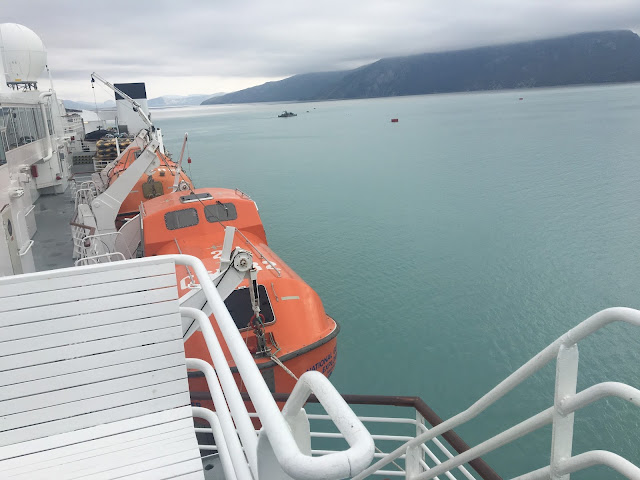

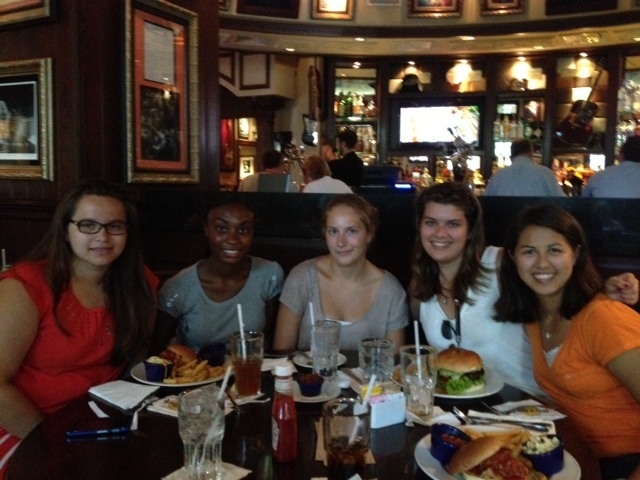
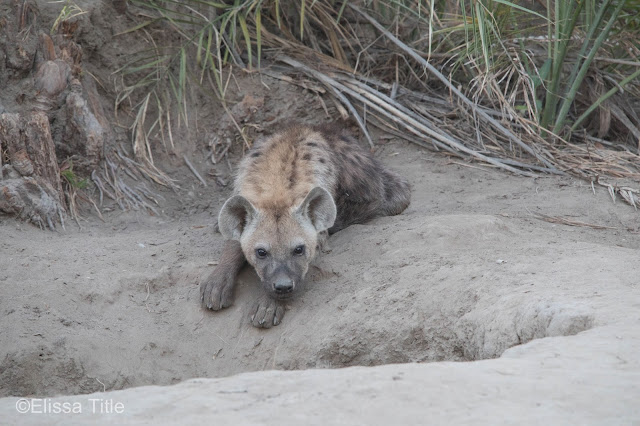
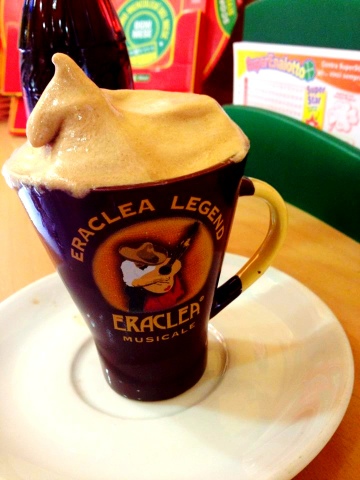


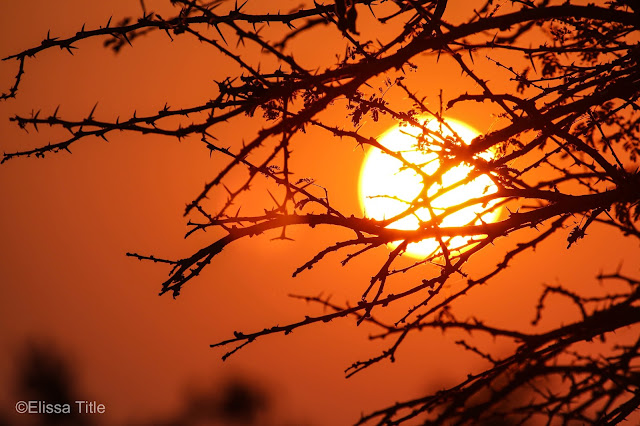

Comments
Post a Comment